MACHINE LEARNING SHAPING TOMORROW'S INDUSTRIES
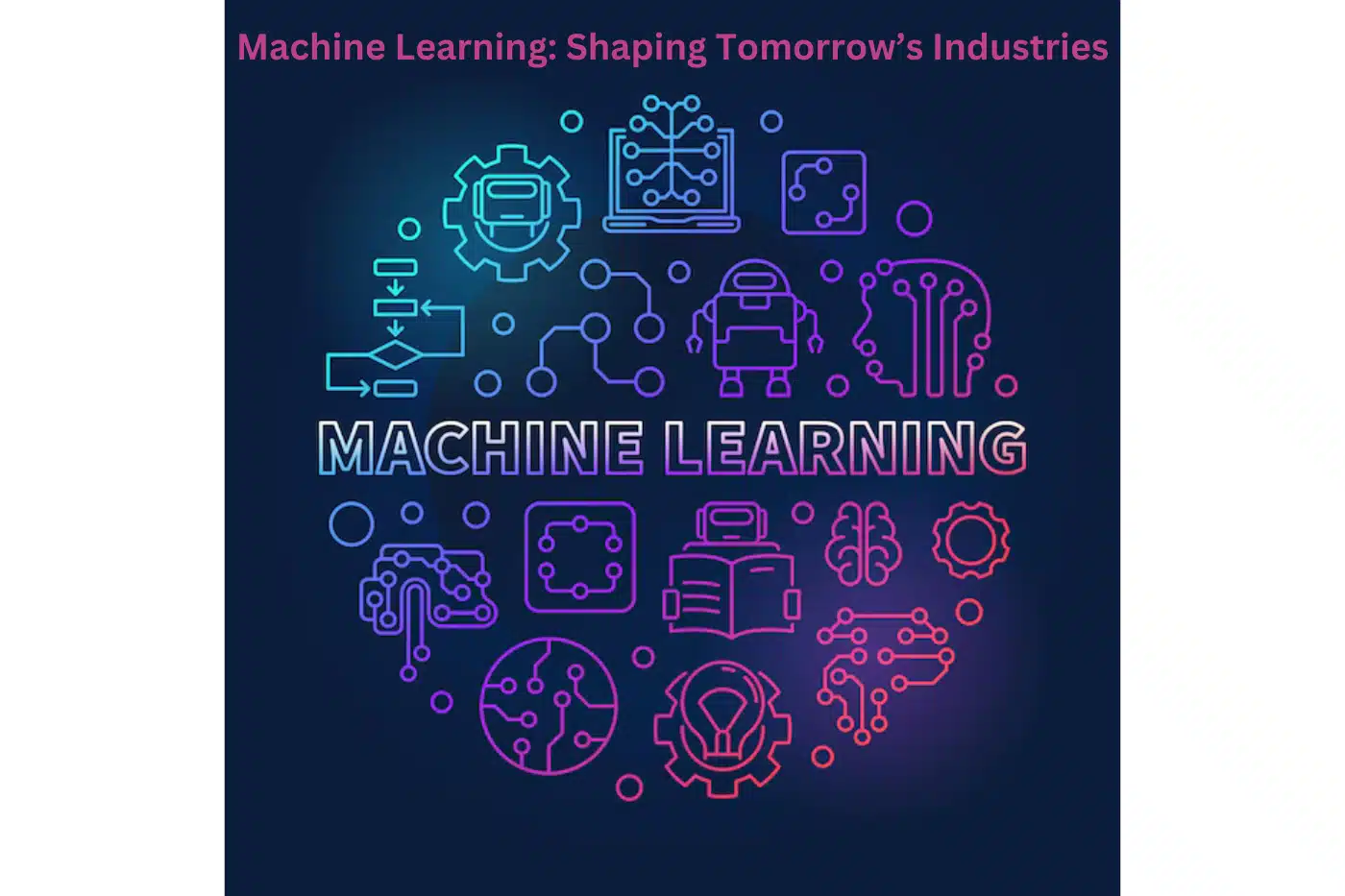
Machine Learning (ML) is revolutionizing industries by enabling systems to learn from data and improve over time. This comprehensive guide will explore the fundamentals of ML, its different types, real-world applications, and how you can start your journey in this dynamic field.
Understanding Machine Learning
Definition
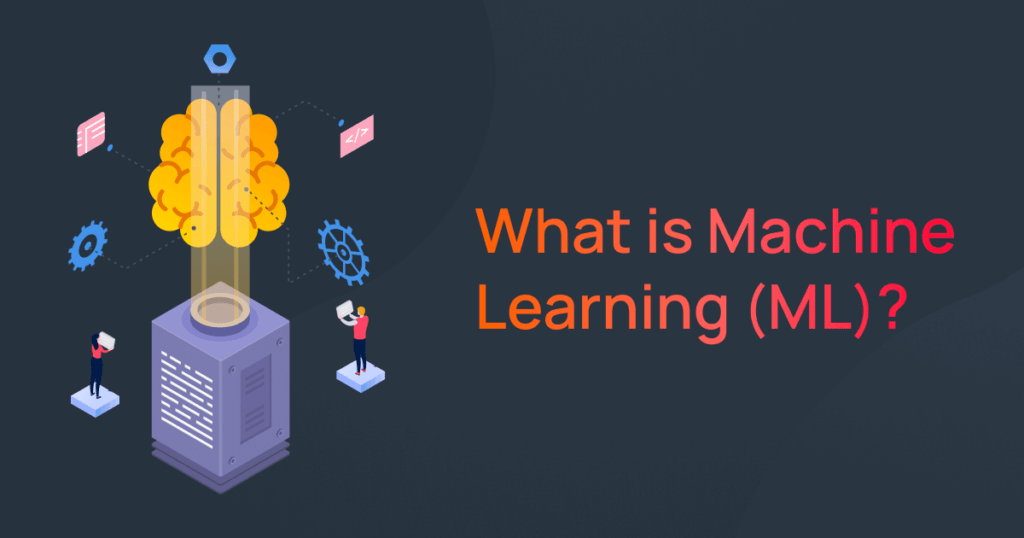
Machine Learning is a subset of Artificial Intelligence (AI) that allows systems to learn from data and improve their performance over time without being explicitly programmed. It involves creating algorithms that can recognize patterns and make decisions based on data.
The core idea behind machine learning is to enable computers to learn from data, identify patterns, and make decisions or predictions without human intervention. This is achieved through the process of training a model on a dataset, where the model learns the underlying patterns or relationships in the data and can then generalize to make predictions on new, unseen data
Features of Machine Learning :
- Automated Learning: ML algorithms can automatically improve their performance over time as they are exposed to more data. They learn from experience without being explicitly programmed.
- Pattern Recognition: ML algorithms excel at identifying patterns and relationships within data, allowing them to make predictions or decisions based on new, unseen data.
- Adaptability: ML models can adapt to changing environments or datasets. They are flexible and can adjust their behavior based on new information.
Scalability: ML algorithms can handle large datasets efficiently, making them suitable for analyzing big data and performing complex tasks.
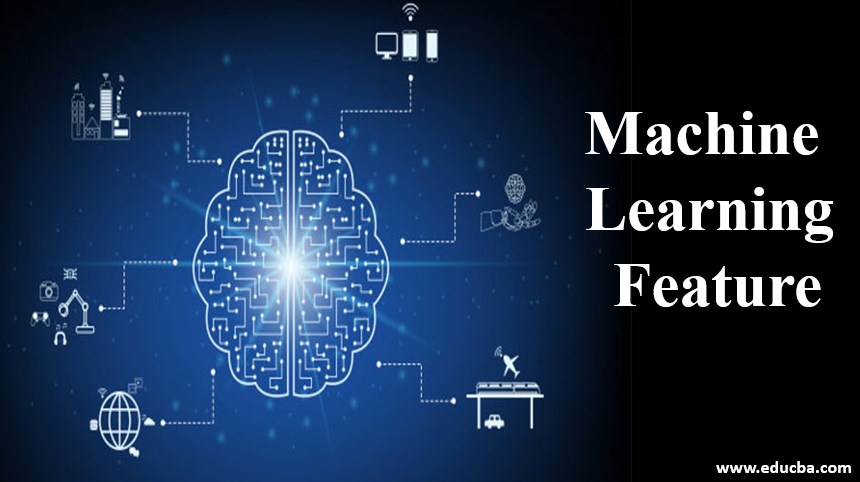
- Versatility: ML techniques can be applied across various domains and industries, from healthcare and finance to marketing and cybersecurity.
- Personalization: ML enables personalized recommendations and experiences by analyzing individual preferences and behaviors.
- Automation: ML can automate repetitive tasks and processes, saving time and resources for organizations.
- Continuous Improvement: ML models can continuously learn and improve from new data, leading to better performance over time.
These features collectively contribute to the wide-ranging applications and growing significance of Machine Learning in various fields.
Getting Started with Machine Learning
About Author
Latest Blogs

Mastering C#: Your Ultimate Guide to Learning C# Programming
Introduction to C#C# (pronounced "C sharp") is a versatile and powerful programming language developed by Microsoft. Launched in the early 2000s, it is primarily used for building Windows applications, web services, and games. With its clean syntax and object-oriented principles, C# has become one of the most popular programming languages worldwide.Why Learn C#?Versatility: C# is used in various domains, from desktop applications to cloud-based services.Strong Community: With a robust community …

A Complete Guide to Hacktoberfest 2024: How to Register, Contribute, and Make the Most of It
Hacktoberfest is back for 2024! This annual event encourages developers worldwide to contribute to open-source projects. Whether you're a seasoned open-source contributor or a newcomer, this guide will walk you through the process of getting started, making contributions, and maximizing your participation in Hacktoberfest 2024. What is Hacktoberfest?Hacktoberfest is an event held every October to celebrate and promote open-source software. DigitalOcean organizes it in partnership with other tech companies and open-source …
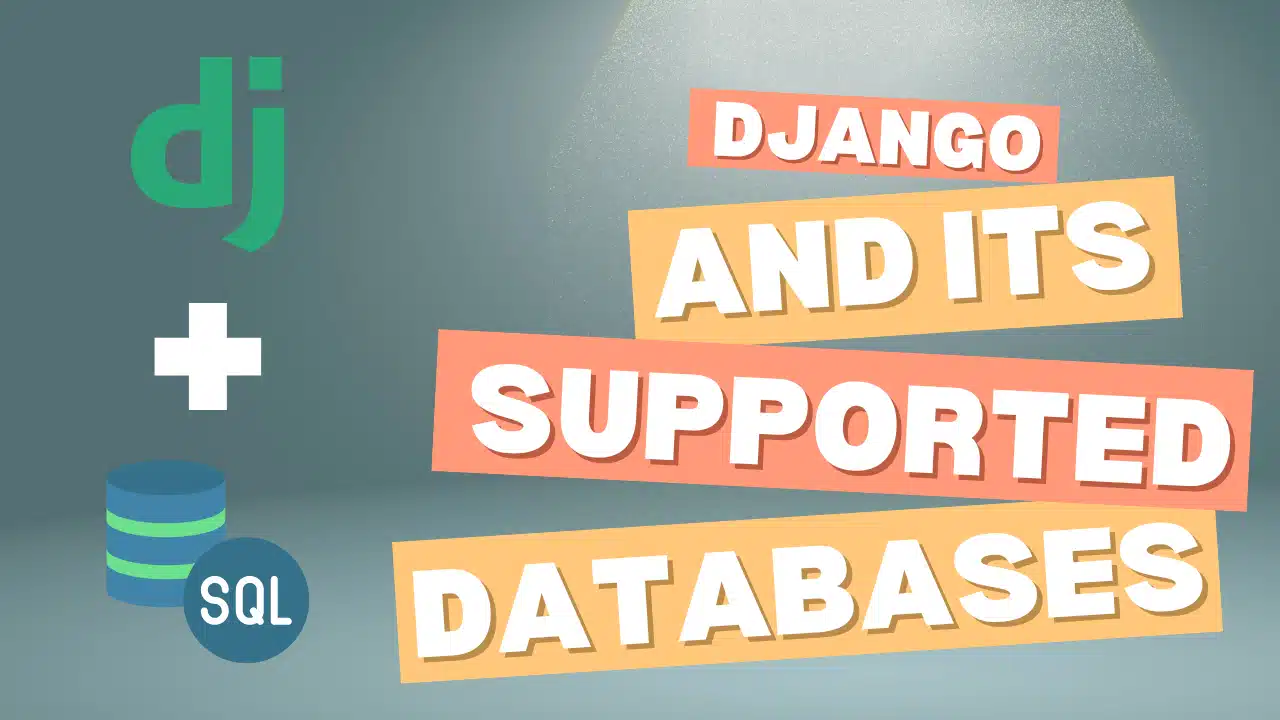
Django and Its Supported Databases: A Comprehensive Guide
Django, a powerful web framework written in Python, offers seamless integration with various databases. Choosing the right database depends on your project needs. This guide will explore all available databases compatible with Django, how to connect them, incompatible databases, and frequently asked interview questions related to Django database integration.Supported Databases in DjangoPostgreSQLMySQLMariaDBSQLiteOraclePostgreSQLPostgreSQL is a popular open-source relational database that is fully supported by Django. It's known for advanced features like …

Python Generators: A Comprehensive Guide with Examples, Use Cases, and Interview Questions
IntroductionIn Python, generators provide a powerful tool for managing large datasets and enhancing performance through lazy evaluation. If you’re aiming to optimize memory usage or handle streams of data efficiently, understanding Python generators is crucial. This blog will cover what Python generators are, how they work, their advantages, scenarios where they shine, and some common interview questions. Whether you're a seasoned developer or new to Python, this guide will help …
Social Media
Tags
#Python
#ML
#AI
#Deep Learning

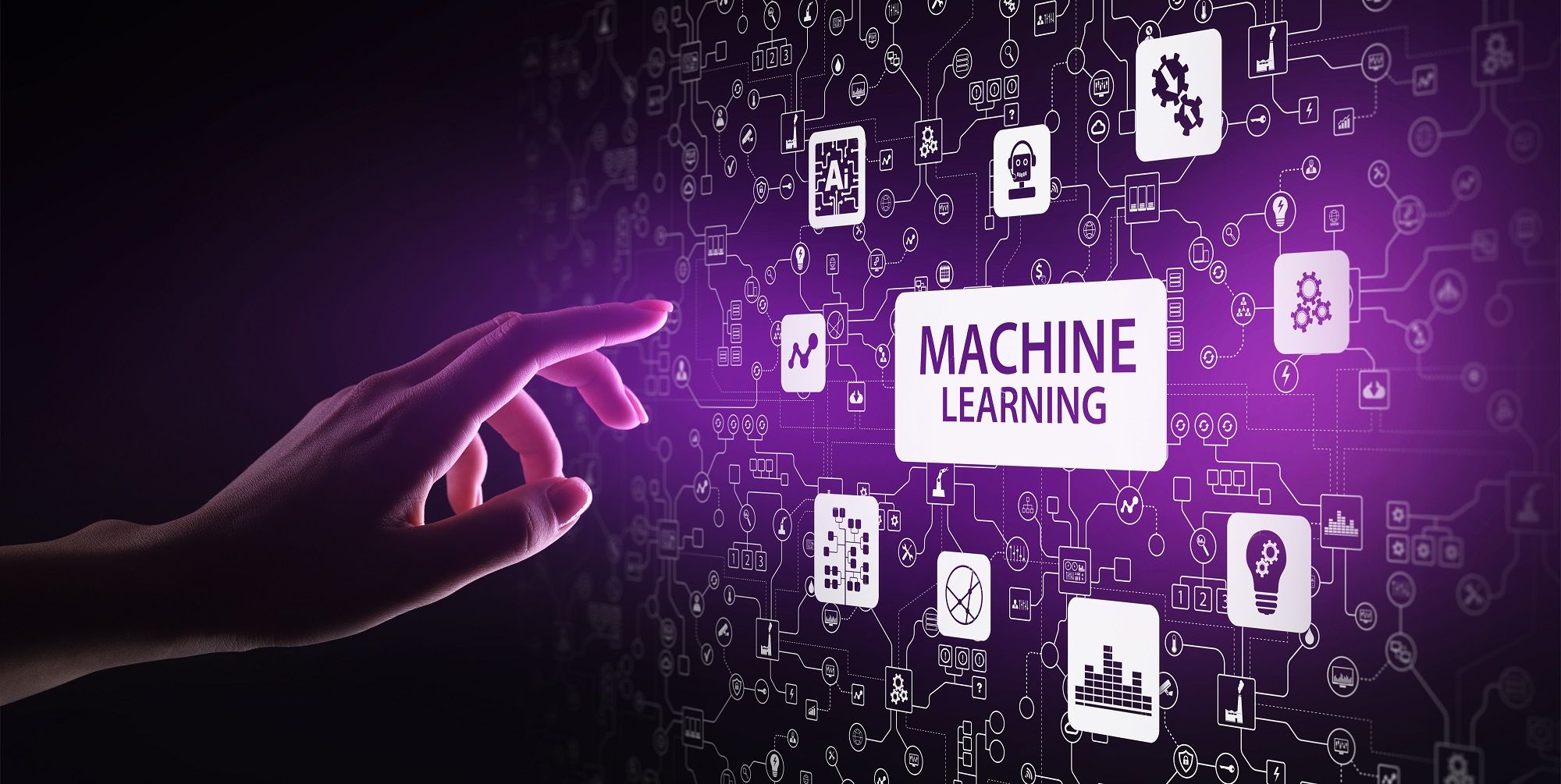
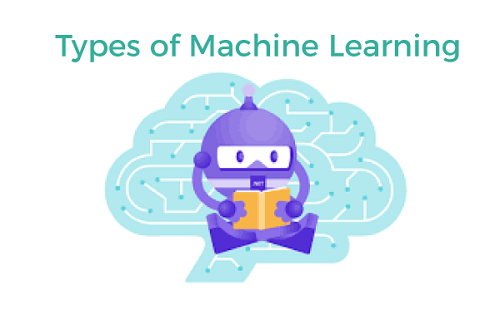
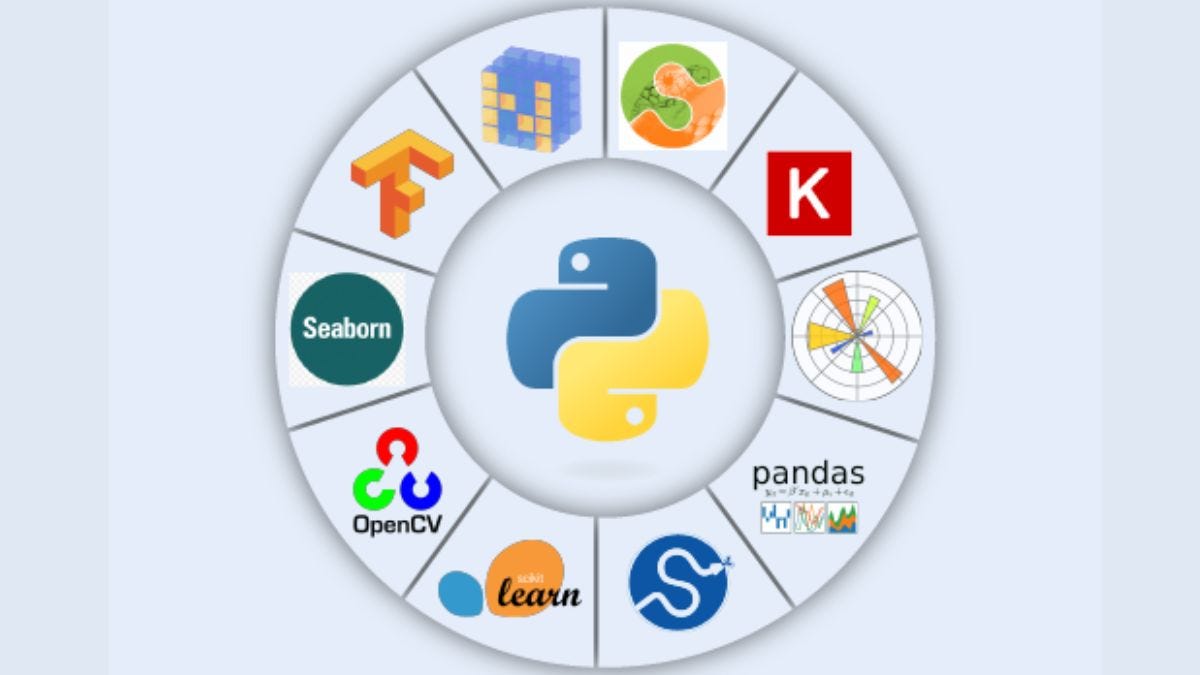
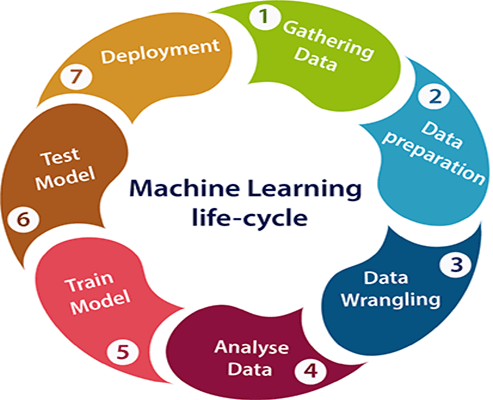

.jpeg)